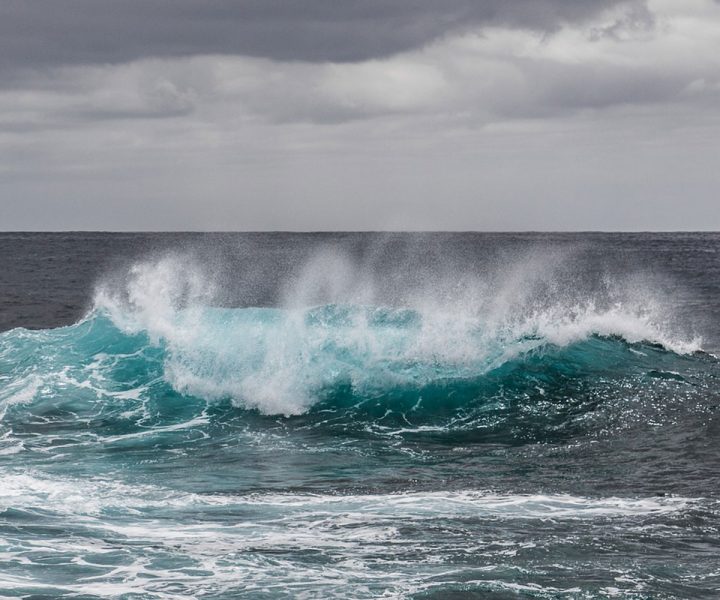
For anyone that spends time near water and enjoys water sports, it’s always important to know how to respond to a drowning. The following guidelines by the United States Swim School Association aim to teach us regular people (not trained lifeguards) what to do if you see someone drowning or struggling in the water.
Don’t go, throw
Someone struggling in the water, even if it’s a young child, could easily cause any adult attempting to rescue them to drown along with them. The person drowning can be overwhelmed by panic and cause an obstruction, preventing the rescuer from swimming or staying above the water. If possible, it’s safer for everyone to throw a lifesaving device, rope, pool noodle or even a towel to the person in the water. Wait until the person grabs hold of the device and then pull or tow them to safety.
Cry for help
Notify others around you that someone is drowning before you attempt to take action and try to save the person drowning. It’s vital that people around you know you might need help with the rescue in case something goes wrong.
Proceed towards the person from behind
If entering the water to save the victim from drowning is necessary, it’s best if you approach them from behind. This will minimize the likelihood that the victim will latch onto you and pull you under.
Wear a life jacket
When you are attempting the rescue in an open body of water such as a lake or river, make sure you put on a lifejacket before entering the water. If possible, you should also use a rope to secure yourself to the shore or a boat. You will not know the current water conditions, and there’s a chance you may need to fight a current. Your life and the life of the victim could be saved by a life jacket.
Look out for secondary drowning signs
Someone that has experienced a near-drowning incident can still have water in their lungs hours after the incident. You need to watch them carefully for signs of secondary drowning, which can occur up to 72 hours after the incident. The most prevalent sign of secondary drowning includes trouble breathing. If the person is having difficulty breathing after being rescued, immediately call 911 and seek medical help.
 Your Privacy Choices
Your Privacy Choices
 The
The